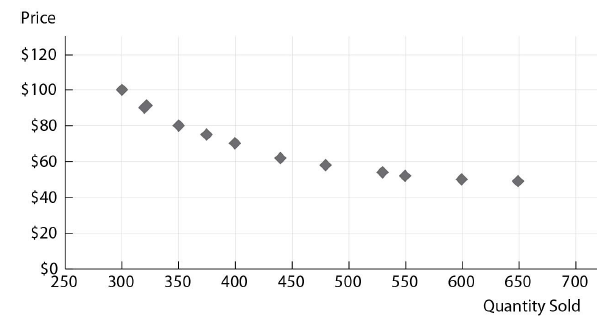Compare and contrast gender relations in horticultural and pastoral societies
What will be an ideal response?
In both there is male dominance. In horticultural societies there is a high degree of segregation among the sexes and an emphasis on male rituals. Female solidarity was usually based on domestic bonds. However, women were highly valued in societies where they controlled the means of production (such as among the Nukumanu). In pastoral societies, women's contribution to the food supply tends to be smaller and there is a less rigid division of public and private space. However, women do have a role in the joint ownership of animals through their kin groups and there are matrilineal pastoral societies (such as the Tuareg), where women have traditionally had more status.
You might also like to view...
The controversial Sapir-Whorf hypothesis proposes that __________.
A) language affects how individuals in a society perceive and conceive reality B) culture has a strong influence on how we speak languages C) languages reflect the values, attitudes, and beliefs of the society D) language and culture have no measurable influence on each other
Which of the following is true of the consumption of psychoactive drugs?
a. It is a cultural universal. b. It is a relatively recent phenomenon. c. It occurs mostly in Western cultures. d. It does not occur in pre-agricultural societies.
Refer to the scatter diagram below. The scatter diagram suggests all of the following except which one?

The scatter plot above shows the actual data for the price and quantity demanded of a product.
A) A nonlinear demand curve will likely be the best fit.
B) The true demand curve is likely to be linear in the natural logarithms.
C) The R2 is likely to be greatest is a straight-line regression is estimated.
D) The data points appear to lie around a convex (bowed inward) curve.
Why is the Egyptian site of Fayum relevant to Oligocene primates?
a. It is where the vast majority of Old World primate fossils from this period were found. b. It was the only part of the world where any primates have been found. c. It is the site where written records of primate existence were found. d. Archaeologists love to excavate this site due to its beautiful climate. e. Purgatoriids radiated from here.